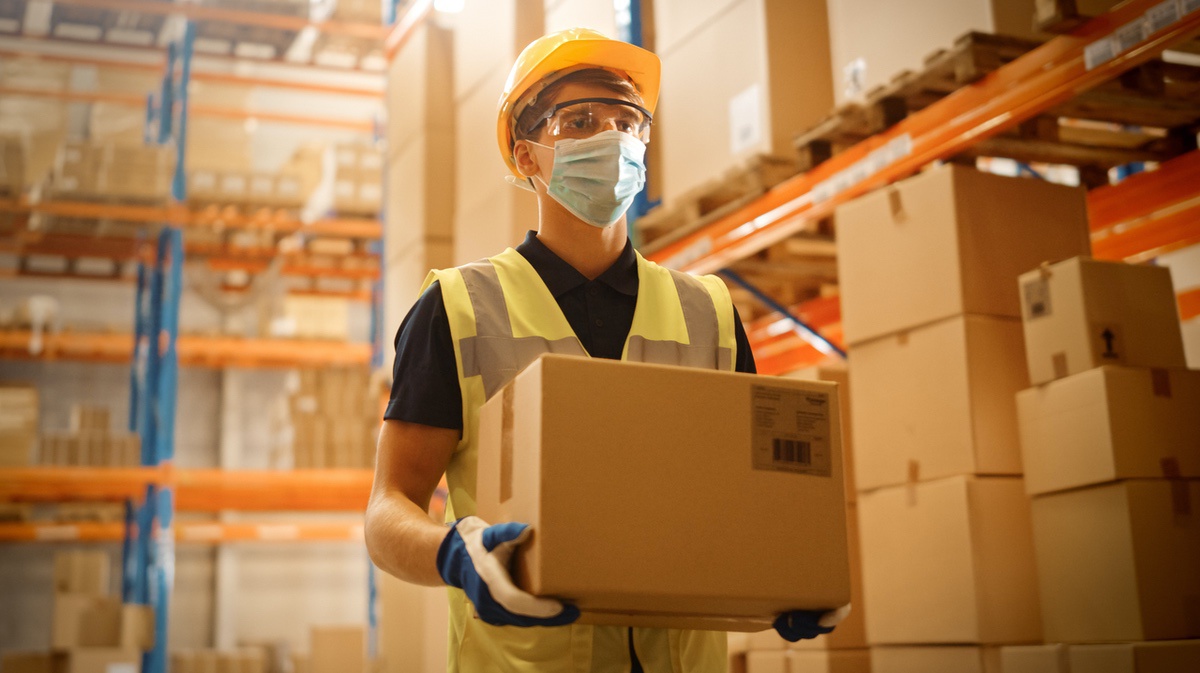

Tips for Reducing Packaging Costs
The packaging industry is currently experiencing rapidly rising costs. Between increased demand for packaging created by the COVID-19 ecommerce boom and limited supplies of resin and other materials, prices are rising. Resin is a critical component of stretch film, bubble wrap, flexible mailers, and polyethylene products, so more expensive resin means high costs for many products companies rely on to ship their products safely.
At Pioneer Packaging, we want to help you effectively control and manage your packaging costs to protect your profits and ensure you have the supplies you need. Follow these tips and best practices for reducing your packaging costs.
Communicate your usage with Pioneer
One of the easiest things you can do for reducing packaging costs is to maintain clear and open lines of communication with your distributor. By letting us know your projected packaging requirements, we can purchase the supplies you’ll need to hold in stock for you to order. The larger the quantity of packaging material we order for you, the better the price you ultimately pay. Working closely with Pioneer helps your cash flow and assures you have the supplies you need when you need them.
Downgauging Plastic Packaging
New technologies are allowing material suppliers to produce thinner and thinner plastic packaging materials that still deliver the same quality and performance. By downgauging your packaging and using thinner plastics, you can increase your product-to-package ratio, which will help with reducing packaging costs. For example, if you are using 3 mil bags, you can look at a coextruded film or stretch film instead. They use less plastic while providing adequate levels of toughness and barrier protection.
By examining your current packaging needs, Pioneer can work with you to determine whether a smaller grade or less expensive liner will still provide the performance you require.
Consider changing your board grade
Board grade refers to the type of cardboard used to manufacture your packaging material. Three components make up standard corrugated packaging: corrugated (or flute) paper, an inside liner, and an outside liner. These components are glued together to produce cardboard’s strength. There are a wide variety of types and grades of material that can be used for these three components. Commonly used grades for the flute paper are 4mm, 3mm, and 2mm, while the main types of liner are called Kraft and Test, with each having various subtypes.
By examining your current packaging needs, Pioneer can work with you to determine whether a smaller grade or less expensive liner will still provide the performance you require. Whether it’s downgauging plastic or changing board grades, the first step toward cutting packaging costs is looking closely at and analyzing your current packaging materials and usage to see where improvements and savings can be made.
Reducing packaging costs and time with automation
Although purchasing packaging machines is a large investment, in the long run automation is one of the best ways to lower your costs. By using automation to handle time-consuming tasks like inserting dividers, stuffing materials, or taping and securing boxes, you can speed up your process, increase output, cut back on material waste and expenses, and reduce labor costs.
At Pioneer, our team can work with you to determine which of your manual packaging processes could be easily automated to increase throughput at a lower cost.